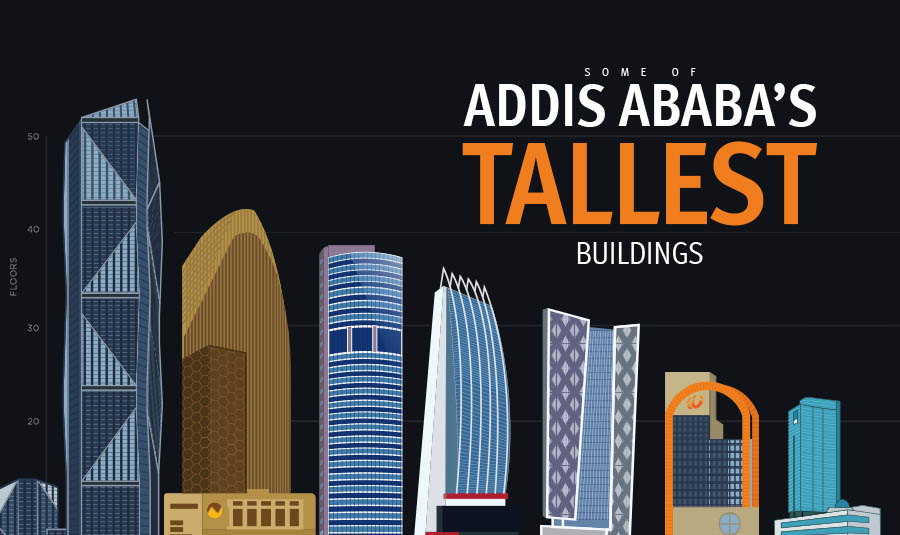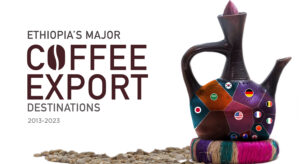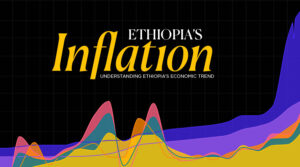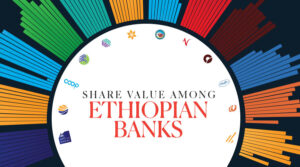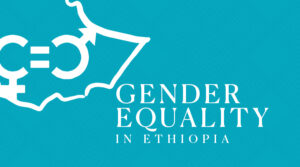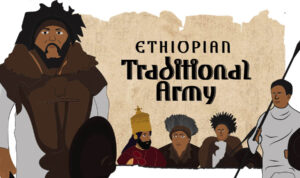Addis Ababa (or are you Team Addis Abeba?) is located on a well-watered plateau surrounded by hills and mountains in Ethiopia’s geographic center. Founded in 1887 by Emperor Menelik II and Empress Taitu, Addis Ababa grew organically in its first decades without any formal planning. The city was envisioned as a “modernist monument” that would function as a catalyst for Ethiopia to enter the world economy. Today, it is undergoing a massive transformation as it strives to become Africa’s diplomatic capital and international hub.
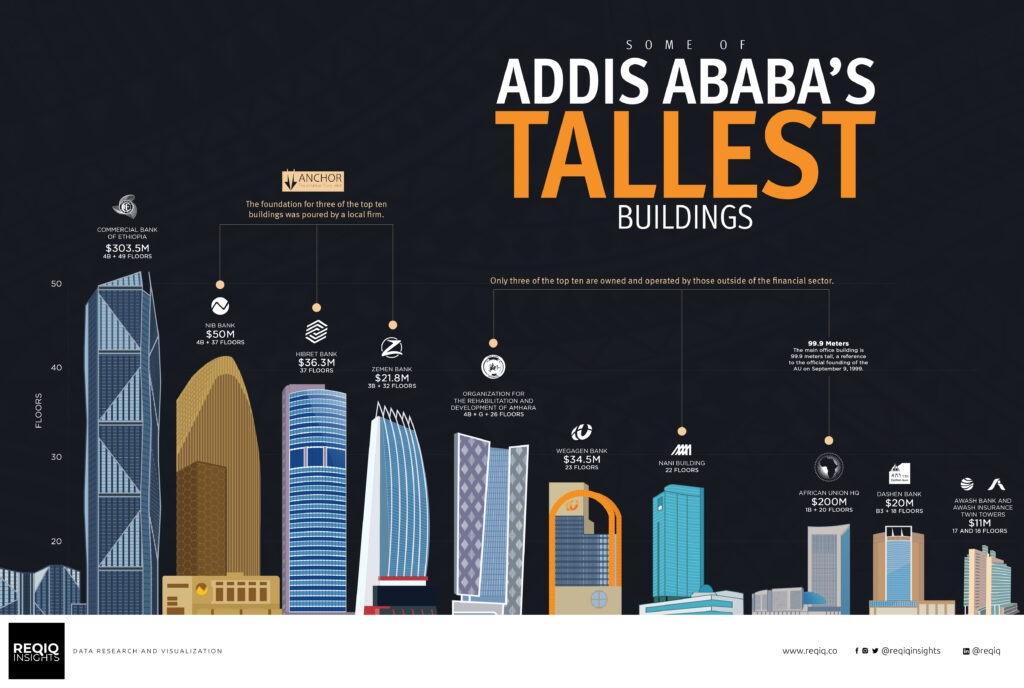
The establishment of Addis Ababa marked the beginning of a new era in the history of Ethiopia. Prior to its founding, the country had a long history of empires and kingdoms, but Addis Ababa represented a shift towards modernization and progress. Emperor Menelik II, who aspired to create and gradually build a strong and modern Ethiopia, founded his capital on the site occupied by his forebears. The strategic significance of the location was highly considered in the emperor’s choice of the site which, like Ankobar— his former site, was in an imposing position overlooking verdant plains. Addis Ababa’s growth accelerated during the Italian occupation of Ethiopia from 1936 to 1941. The Italians built modern stone houses, particularly in the areas of European residence, and paved many roads.
Since then, the city has undergone impressive development. The construction of the first light rail train in Sub-Saharan Africa was completed recently, and the new Central Business District showcases Addis Ababa as a modern, globally competitive city that adheres to international standards. Through aesthetic inter-referencing of the built environment with other global cities such as Shanghai and Dubai, its skyline and signature buildings project Addis Ababa’s political and economic ambitions.
Addis Ababa’s current modern and impressive skyline is largely due to the expansion of financial institutions, which have constructed a number of towering skyscrapers in recent years. However, while the physical growth of these institutions is certainly noteworthy, it’s important to remember that real change requires a more holistic approach. These financial institutions must not only look modern and sleek on the outside, but also reflect these same values within their internal systems, structures, and practices. This means embracing sustainable and socially responsible investments, promoting access and inclusion, and supporting initiatives that benefit the wider community. By taking these steps, financial institutions can ensure that their impressive facade matches a truly modern and responsible approach to business.
Despite many positive changes, the city also faces other challenges. The new Central Business District may create a homogenous environment that risks compromising the city’s “sense of place” and strong cultural identity. Moreover, the rapid segregation of population groups may lead to a form of polarization that puts the city’s existing (dare we say, vulnerable and fragile) social fabric and social cohesion at risk, thereby compromising future safety.
Still, Addis Ababa remains one of the safest cities in Africa, and is a hub for most of the country’s trade and investment activities. With significant economic improvement and rapid population growth, the city represents the political and economic hub of Ethiopia. Export and import trade of Ethiopia is routed through Addis Ababa on its way to or from the ports of Djibouti. The city is also the center of most of the big companies of the country and yet the center for much of the country’s internal trade. Most of Ethiopia’s service industries are also located in Addis, with banking and insurance services giving companies head offices concentrated in Addis Ababa.
As Addis Ababa continues to evolve, it will be crucial to balance modernization with preserving the city’s unique identity and social fabric. With careful planning and development, the city can continue to flourish like a flower and become a true gem of Africa.
The information presented in this infographics on the tallest buildings in Addis Ababa was collected from primary sources and is provided for informational purposes only. While every effort has been made to ensure the accuracy of the data, it has not been verified by the building owners (except for ORDA). Despite our efforts to contact building owners for verification, we did not receive responses. The cost of construction is also approximate and calculated based on the exchange rate of March 2023. We cannot guarantee the accuracy or completeness of the information presented and will not be held responsible for any errors or omissions. Users are encouraged to conduct their own research and verification before making any decisions based on the information presented in this infographics.

